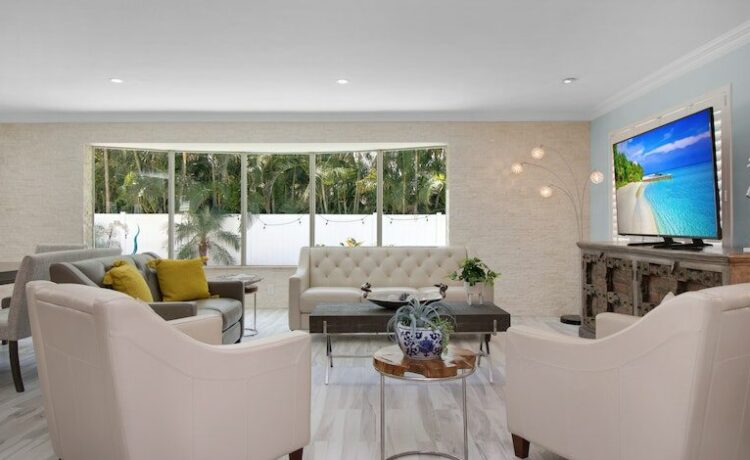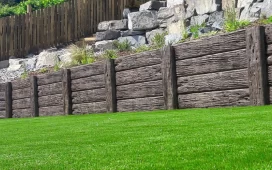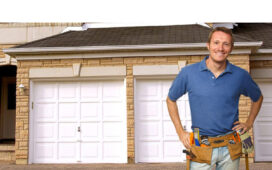Adding a conservatory to a home can add extra space and extra enjoyment, says Mick Jones from www.transformingconservatories.co.uk.
Whether the aim is to add extra space for the family to use or have a conservatory to enjoy more of the view outdoors, a conservatory can be a great home addition. Learning about the various designs and their uses will help to make the right choice easy.
Add a Bright Space with a Conservatory
A conservatory is typically a completely enclosed room added to the side of the house, with multiple windows and even skylights to maximize natural light, warmth, and ventilation. Often the doorway leading from the house into the sun room will be open, meaning that this is a space that will get year-round use and will be heated and cooled along with the rest of the house.
Not being open to the elements, the room can be furnished much like any other room in the house. The floor covering can either be an extension of the flooring from the next room or utilize speciality flooring, like limestone or slate, for a natural look.
Bring the Outdoors in with an Open Conservatory
Open conservatories are often referred to as three-season rooms. There may be walls with windows that open or just screens wrapping the exterior to keep bugs away. In either case, no heat or air conditioning is often added to the space.
These rooms are meant to be used for three seasons, or spring, summer, and autumn, and are unused during the winter.
If the conservatory has walls of window panes that can be closed and protected from the elements, less care needs to be taken when selecting furnishings and flooring. Screened conservatories, however, will need furnishings and flooring that can withstand moisture and frost.
Conservatory Furniture
Consider using furniture meant for the outdoors to avoid mould and rust over time. Remember that the area may not get much sunlight, making it difficult to dry cushions or seats out, so waterproof materials may be desired.
When setting the flooring, choose materials that are non-porous and can withstand frost. When water gets into small pores or cracks in a floor, particularly natural stone tiles, and freezes, it then expands and can crack and damage the tiles. Porcelain tiles and some ceramic tiles are better choices for a screened conservatory floor, as they can withstand the freeze/thaw effect. Be sure to use a tile installer used to working outdoors as well, so that proper setting materials and standards are used to avoid having tiles pop off the floor with the first freeze.
Combine Areas with a Patio Conservatory
You can use doors and multi-paned glass walls to fold back and open an area up the outdoors, reattaching to protect the area from the elements for indoor use. A patio conservatory is one such option that allows for one space to have multiple uses.
Open up the conservatory for barbecues or entertaining. Close them up again to continue to use the space in inclement weather.
Motorized awnings can also cover an area in poor weather and be drawn back again in warmer weather.
Be sure to consider how much use the space will get and what kind of use before adding a conservatory to the house. Keeping these things in mind will help ensure that the new extension is used for many years to come.











